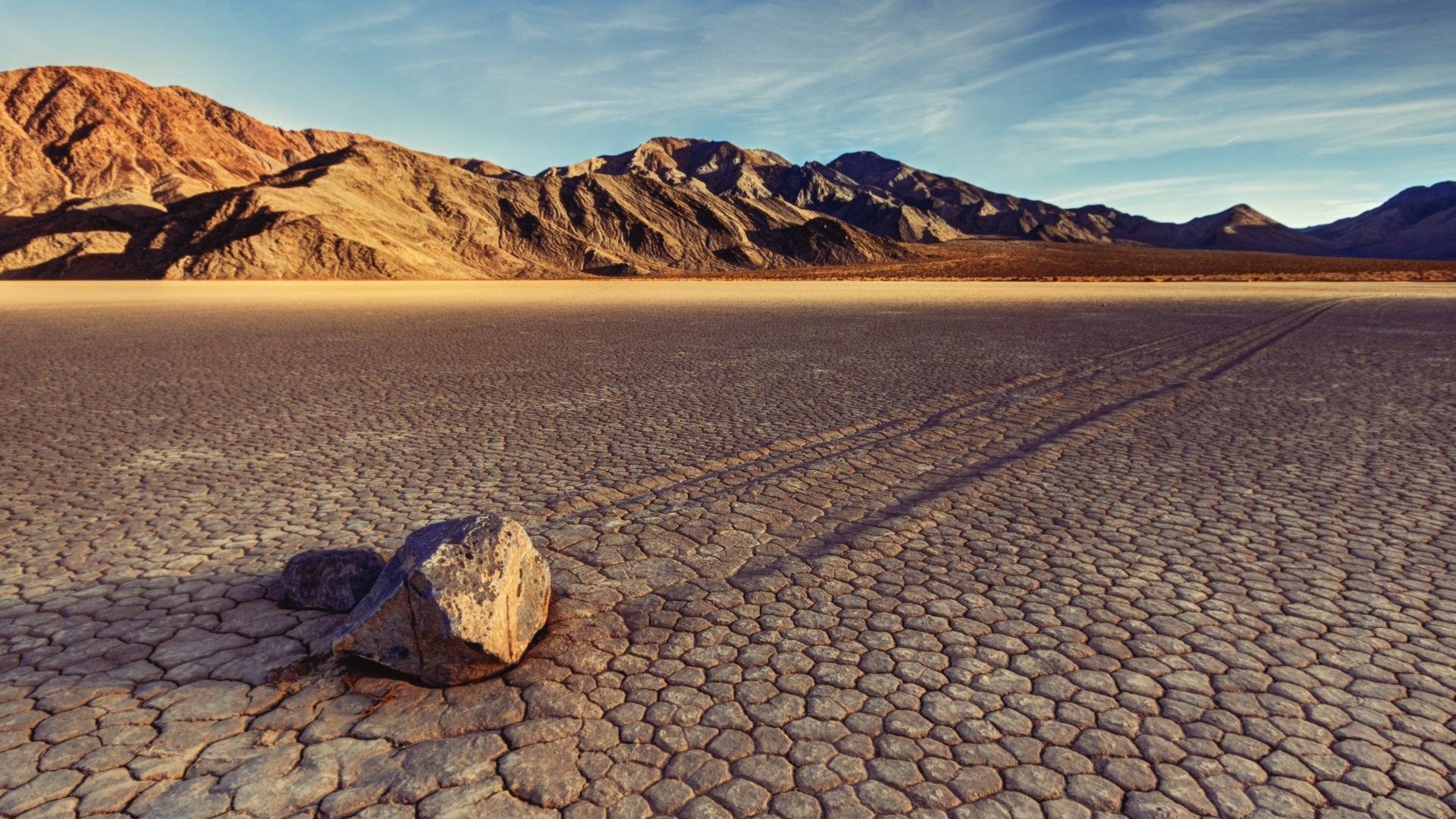
If it seems like you read about more heat-related incidents at Death Valley National Park than ever this summer, that's because you probably did. Officials at the National Park have announced that his meteorological summer – June through August – was their hottest in history.
The record-breaking season brought an average 24-hour temperature of 104.5°F (40.3°C), surpassing the previous record of 104.2°F (40.1°C), set in both 2021 and 2018. According to the official news release, July 7 saw the highest temperature with the mercury reaching 129.2°F (54°C) and that month had only seven days in total where temperatures did not reach 120°F (48.9°C).
Desert environments are typically known for their extremes, meaning hot days and cold nights, but this summer saw little relief after sunset, with an average low temperature of 91.9°F (33.3°C). Over the three months, the temperature only dipped below 80°F five times, and there were nine nights when it never fell below 100°F.
All of this spelled a busy summer for emergency crews and mountain rescue teams, who performed multiple missions in the California park. A motorcyclist died of hyperthermia in the park in early July and later that month another man suffered full-thickness burns on his feet while hiking in the sand dunes. In August, a dehydrated hiker required evacuation despite bringing nine liters of water.
If you've been waiting for cooler weather, you'll have to wait a bit longer. Today, the valley remains under an excessive heat warning with projected highs between 97°F and 112°F all week. If you are visiting Death Valley, observe the following safety precautions:
- Check the weather forecast before going out using a reliable weather app
- Carry several water bottles or a large hydration bladder and drink plenty of water
- Save strenuous activities for the early morning or evening
- Stay out of the sun, and in an air-conditioned place
- If you have to spend time outside, take frequent rest breaks in shaded or air-conditioned places
- Wear clothing that is lightweight and loose-fitting
If you go hiking – or do any vigorous activity – outdoors during hot weather your body has a built-in cooling mechanism: sweating. However, in extreme heat, your body may be unable to keep up with demand and you'll soon become dehydrated.
If your sweating mechanism fails, your body may be unable to cool itself and if you don’t take immediate action, you could be at risk for heat-related conditions such as heat rash, heat cramps, heat exhaustion and heatstroke, the latter of which can result in death. Learn more in our article on how hot is too hot to hike.







